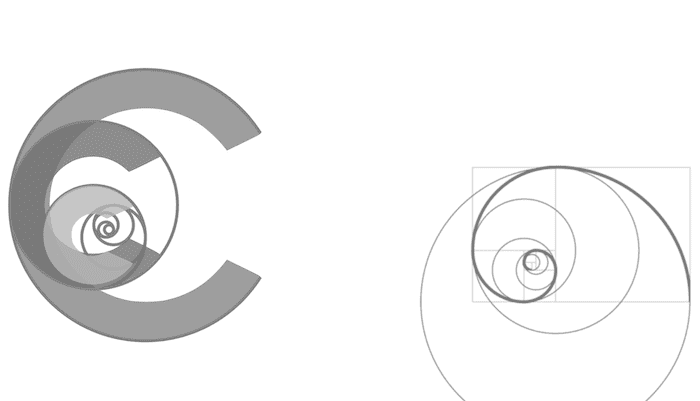Echocardiography in Intensive Care
OVERVIEW
Echocardiography in Intensive Care allows direct visualisation of the heart, vessels and pleura
INDICATIONS
Assessment of:
- preload
- ventricular function
- afterload
- valvular function
- aortic dissection
- pericardial disease
American College of Cardiology Guidelines for ECHO in the Critically Ill
Category I (useful and effective)
- haemodynamically instability
- suspected aortic dissection or aortic injury
- multiple trauma
- chest trauma
Category II (may be beneficial)
- cardiac output monitoring
Category III (unlikely to benefit and may cause harm)
- the haemodynamically stable with no abnormal findings or cardiac disease
ARGUMENTS FOR
- can obtain adequate TTE image in most mechanically ventilated patients
- information gathered can change management
- intensivists more readily available and can perform repeated examinations
- cardiologists not used to assessment of the critically ill (effect of therapeutic interventions, inotropes, fluid therapy, IABP)
- saving images allows review, audit, governance and quality control.
ARGUMENTS AGAINST
- steep learning curve (written assessment + a log book of 250 ECHO’s recommended by British Society of Echocardiography)
- requires structured training (just picking up probe can mean drawing wrong conclusions)
- cardiologists provide more comprehensive assessment
TYPES
(1) Trans-thoracic echo (TTE)
Advantages
- quick, easy
- non-invasive
- no contraindications
- no morbidity or mortality
- useful in seeing LV clot and pericardial effusion
Disadvantages
- limited windows in ventilated
- limited usefulness in endocarditis
(2) Transoesophageal echo (TOE)
Advantages
- minimal morbidity and mortality
- excellent images
- good in ventilated patients
- required in endocarditis and LA clot diagnosis
- very useful for pericardial effusion and LV function
- correlates well with PA catheter
- less invasive than PA catheter
- safe with diathermy
Disadvantages
- take more time
- requires sedation
- oesophageal pathology = contraindication
- bacteraemia
- ulcers
- aspiration
CONCLUSION
- ECHO allows improved assessment and management of unstable, critically ill patients
- essential tool for category I indications
- continued cardiology input essential to maintain safety
References and Links
Introduction to ICU Series
Introduction to ICU Series Landing Page
DAY TO DAY ICU: FASTHUG, ICU Ward Round, Clinical Examination, Communication in a Crisis, Documenting the ward round in ICU, Human Factors
AIRWAY: Bag Valve Mask Ventilation, Oropharyngeal Airway, Nasopharyngeal Airway, Endotracheal Tube (ETT), Tracheostomy Tubes
BREATHING: Positive End Expiratory Pressure (PEEP), High Flow Nasal Prongs (HFNP), Intubation and Mechanical Ventilation, Mechanical Ventilation Overview, Non-invasive Ventilation (NIV)
CIRCULATION: Arrhythmias, Atrial Fibrillation, ICU after Cardiac Surgery, Pacing Modes, ECMO, Shock
CNS: Brain Death, Delirium in the ICU, Examination of the Unconscious Patient, External-ventricular Drain (EVD), Sedation in the ICU
GASTROINTESTINAL: Enteral Nutrition vs Parenteral Nutrition, Intolerance to EN, Prokinetics, Stress Ulcer Prophylaxis (SUP), Ileus
GENITOURINARY: Acute Kidney Injury (AKI), CRRT Indications
HAEMATOLOGICAL: Anaemia, Blood Products, Massive Transfusion Protocol (MTP)
INFECTIOUS DISEASE: Antimicrobial Stewardship, Antimicrobial Quick Reference, Central Line Associated Bacterial Infection (CLABSI), Handwashing in ICU, Neutropenic Sepsis, Nosocomial Infections, Sepsis Overview
SPECIAL GROUPS IN ICU: Early Management of the Critically Ill Child, Paediatric Formulas, Paediatric Vital Signs, Pregnancy and ICU, Obesity, Elderly
FLUIDS AND ELECTROLYTES: Albumin vs 0.9% Saline, Assessing Fluid Status, Electrolyte Abnormalities, Hypertonic Saline
PHARMACOLOGY: Drug Infusion Doses, Summary of Vasopressors, Prokinetics, Steroid Conversion, GI Drug Absorption in Critical Illness
PROCEDURES: Arterial line, CVC, Intercostal Catheter (ICC), Intraosseous Needle, Underwater seal drain, Naso- and Orogastric Tubes (NGT/OGT), Rapid Infusion Catheter (RIC)
INVESTIGATIONS: ABG Interpretation, Echo in ICU, CXR in ICU, Routine daily CXR, FBC, TEG/ROTEM, US in Critical Care
ICU MONITORING: NIBP vs Arterial line, Arterial Line Pressure Transduction, Cardiac Output, Central Venous Pressure (CVP), CO2 / Capnography, Pulmonary Artery Catheter (PAC / Swan-Ganz), Pulse Oximeter
- Briggs, J et al (2010) “Should echocardiography become a core skill for intensivists?” British Journal of Hospital Medicine, Vol 72(1) page 58

Critical Care
Compendium
Chris is an Intensivist and ECMO specialist at The Alfred ICU, where he is Deputy Director (Education). He is a Clinical Adjunct Associate Professor at Monash University, the Lead for the Clinician Educator Incubator programme, and a CICM First Part Examiner.
He is an internationally recognised Clinician Educator with a passion for helping clinicians learn and for improving the clinical performance of individuals and collectives. He was one of the founders of the FOAM movement (Free Open-Access Medical education) has been recognised for his contributions to education with awards from ANZICS, ANZAHPE, and ACEM.
His one great achievement is being the father of three amazing children.
On Bluesky, he is @precordialthump.bsky.social and on the site that Elon has screwed up, he is @precordialthump.
| INTENSIVE | RAGE | Resuscitology | SMACC
